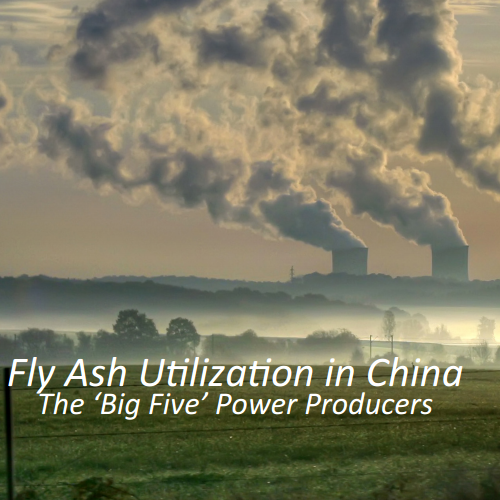Research Highlight: Technology for Extracting Alumina from Fly Ash and Research on Acid/alkali Double Circulation
/- Beijing, China
During Coal Ash Asia 2017 this past July, there was substantial discussion surrounding alumina extraction from coal/coal ash and strategies for making the processes practically adapted. Professor Jiang Xun Xiong of Beijing General Research Institute of Mining & Metallurgy posited research concerning the processing and separation of the alumina from fly ash. Below is the abstract of the research provided at CAA2017. Beijing General Research Institute of Mining & Metallurgy have continued to be loyal participants in our annual events, and are committed to efficient technology integration and environmental protection.
BGRIMM is analyzing development and current status about alumina extracted from high-aluminum powder fly ash, and taking subjective analysis for current typical processes in China. Processes include energy consumption, material consumption, three-wastes, product quality. Discussing bottlenecking and development trends for extracting alumina from fly ash, and proposing fly ash conversion using sulfur acid. Will explore the process’ reactions and decomposition, low-temperature alkaline sink and two circulations for alumina extraction. The study results confirm two circulations for acid and alkaline are needed.
To find out more about this research, and research like it, join us at Coal Ash Asia 2018, and join the ongoing discussion and seminars surrounding the topics of metal extraction and alumina extraction specifically.

